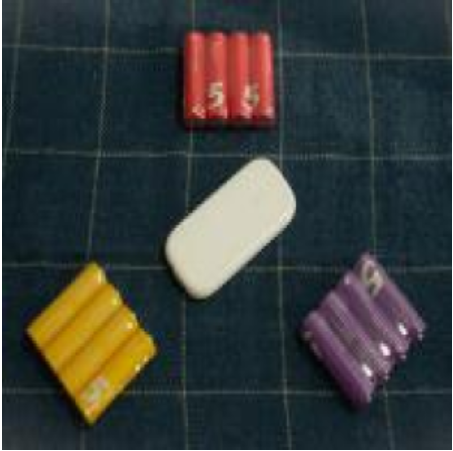Date:2025-07-07 Categories:Product knowledge Hits:349 From:Guangdong Youfeng Microelectronics Co., Ltd
3、 Principle:
The working principle of clamp diodes is based on the characteristics of PN junctions. Under normal operating conditions, when the voltage in the circuit is below the design limit of the clamp diode, the clamp diode is in a reverse cutoff state and has almost no impact on the circuit. When the voltage in the circuit exceeds this limit, the clamp diode quickly conducts, forming a low resistance state, and excess voltage is discharged through the clamp diode to protect circuit components from damage.
Clamp diodes can be designed to clamp forward or reverse as needed. Positive clamping is used to limit positive voltage, while reverse clamping is used to limit negative voltage. In addition, by combining with other electronic components, clamping diodes can also form complex voltage clamping networks to meet specific voltage control requirements.
4、 Application:
Clamp diodes are widely used in various electronic devices, mainly for power supply stabilization and overvoltage protection. For example, in computer power supplies, clamp diodes can prevent sudden voltage increases that can cause hardware damage to the computer. In communication devices, clamp diodes can prevent interference from overvoltage on signal transmission. In addition, clamp diodes are widely used in fields such as medical equipment, automotive electronics, and industrial control.
5、 Installation:
When installing clamp diodes , the following points should be noted:
1. Installation position: Firstly, determine the installation position of the diode to ensure correct connection with other components and avoid causing short circuits or other faults.
2. Polarity: Clamp diodes have positive and negative poles, usually distinguished by markings or shapes. Ensure that the positive and negative poles are connected correctly during installation, otherwise it will affect normal operation.
3. Installation method: Choose the appropriate installation method according to the specific situation, which can be surface mount (SMD) or plug-in installation, paying attention to welding technology and process requirements.
4. Heat dissipation: Clamp diodes generate a certain amount of heat during operation. To ensure stability and lifespan, heat dissipation measures such as heat sinks or heat dissipation adhesives need to be considered.
5. Testing and verification: After installation, testing and verification should be conducted to ensure proper connection and no issues. It can be tested using tools such as a multimeter to ensure that the diode is working properly.

Previous: Classification, Structure, and Principle of MOSFET